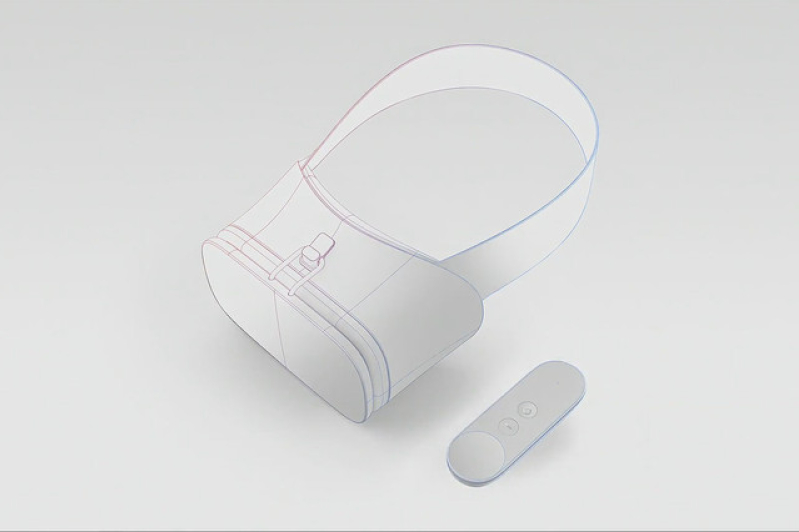
Two years ago at Google's annual developers conference I/O, the company unveiled Cardboard, which was an interesting way to get Virtual Reality (VR) on a smartphone. Sure, it lived down to its name, turning a smartphone into a View-Master of a viewer, but considering all the applications that can be done with it, Google has decided to take the next step with Daydream, announced at this year's I/O. Daydream isn't just a new VR device in a world that is starting to become littered with them; it is a way so the VR user can become a VR content creator. Here is the latest news from I/O as well as Daydream's release date.
Daydream isn't necessarily a new VR headset like the Oculus Rift, HTC Vive, or the PlayStation VR. Daydream is actually a platform which Engadget states is a way to "democratize virtual reality in a way we never saw before". Just like Google's Android offered an open-source way of making phones smart, Daydream enables companies a way of creating their own VR in a way so they don't have to reinvent the wheel to do it.
Phone Arena stated that "Daydream is the expansive effort to combine new phone hardware, platform-level optimizations, low-latency controllers, and the next generation of viewing hardware to deliver a VR experience that feels less of a science project and more of a polished commercial effort." Google says that there will be a number of phone manufacturers that will release Daydream compatible headsets.
The Daydream also has the hardware with a very minimalist viewer that resembles a pair of ski goggles. It even has a motion controller, which is pretty important when dealing with VR these days. Daydream is meant for playing games and watching video content in an immersive atmosphere.
As far as when a Daydream headset will be available for consumers, there was very little word at I/O about that. Google has apparently said that it will show up in the fall, which is vague, but a statement from an early Daydream dev makes the release date less vague at some time in early November.
As far as the price is concerned, I wouldn't expect it to be too high. The Vive is $799, the Oculus is $599, the PlayStation VR is $399, with the Gear VR being $99. You will notice that the price decreases by about $200 or $300 on those devices, and that is the price for the stand-alone units, not the other required hardware (computer, console, or smartphone) that you will need to operate it.
If Google could make the Daydream priced in the middle, say at $199 to $299, then this could be enough for the average consumer to purchase it. Not only that, begin to create VR software of their own, so that they can be on par with big developers of it. After all, anyone with a computer and an Android device can make an app so that we might be looking at an age of a lot of homemade VR in the future.







